Ceramic pottery has been a part of our lives for thousands of years. Whether it’s the elegant vase on your shelf or the beautifully painted plates in your kitchen, ceramics have a long and rich story to tell. But have you ever wondered how these beautiful ceramic pieces came to be?
Let’s explore the world of ceramic, from its history to the different types we see today.
What is Ceramic Pottery?
Ceramic pottery is made by shaping and firing natural materials like clay at very high temperatures. Once fired in a kiln (a special oven), the clay becomes hard and heat-resistant. This process makes ceramics strong and long-lasting. Since ceramics are non-metallic, they don’t rust or corrode like other materials.
Ceramic pottery is often shaped by hand or using molds and comes in many forms, from mugs and bowls to sculptures and wall décor.
The History of Ceramic Pottery
The ceramic history goes back over 24,000 years! Some of the oldest ceramic pieces were found in Czechoslovakia in the form of animal and human figurines. Back then, people mixed clay with animal products and baked them to create early ceramic art.
Although ceramic pottery fragments were found as early as 19,000 BC, it wasn’t until much later that they became widely used. These ancient ceramic items help us understand how people lived, what they ate, and what they believed in.
Ceramics were also used to store food and grains. When the wheel was invented, it became much easier to shape pottery, which opened the door to new designs and uses. Over time, ceramics were not just useful – they became a form of ceramic art, including ceramic painting and ceramic wall hanging.
Traditional Types of Ceramic Pottery
There are different types of ceramic pottery. Each has its own look, feel, and purpose:
1. Porcelain
Porcelain is made from fine clay and fired at very high heat. It’s white, shiny, and strong. It was first made in China, which is why you might hear the term “fine china.”
2. Earthenware
This is one of the oldest types of ceramic pottery. It’s fired at lower temperatures and has a rough, slightly porous surface. To make it waterproof, it’s covered with glaze and fired again.
3. Stoneware
Stoneware is fired at a higher temperature than earthenware and is more durable. It has a dense, stone-like texture and often comes in earthy colors.
4. Bone China
Bone china is a kind of porcelain, but it includes animal bone ash, which makes it even stronger and more delicate in appearance.
Types of Ceramic Materials
We use ceramics in many parts of our daily lives, not just for decoration. Here are some common types of ceramic materials:
1. Glass
Heat-resistant glass is used in cookware and other items. It’s made through crystallization and shares many properties with ceramics.
2. Bricks
Bricks are made by heating clay and sand. They’re strong and durable, used in construction like walls and chimneys.
3. Tiles
Ceramic tiles are made from clay and minerals. They are often used for flooring and walls and are fired at lower temperatures.
4. Silicon-Based Ceramics
Most clays used in pottery contain silicon. This makes them widely used in construction materials and other applications.
5. Carbide Ceramics
These are advanced ceramics used in industries like space and mechanical engineering. They’re not used in daily items but are incredibly strong and heat-resistant.
Why Ceramic Art Matters Today
Ceramics are more than just practical—they are also beautiful. From hand-painted plates to stylish ceramic wall hangings, ceramic art brings character and warmth to any space. Whether it’s a coffee mug or a decorative vase, ceramic pieces reflect creativity and culture.
Add Ceramic Beauty to Your Home
Ceramics are everywhere—from our kitchens to our living rooms. They’re not just useful; they add beauty and charm to our daily lives. At HOCC, we offer a wide variety of ceramic pottery items like mugs, plates, planters, and more. Each piece is handcrafted with love and tradition.
Explore our collection of ceramic products and bring a piece of history and elegance into your home.

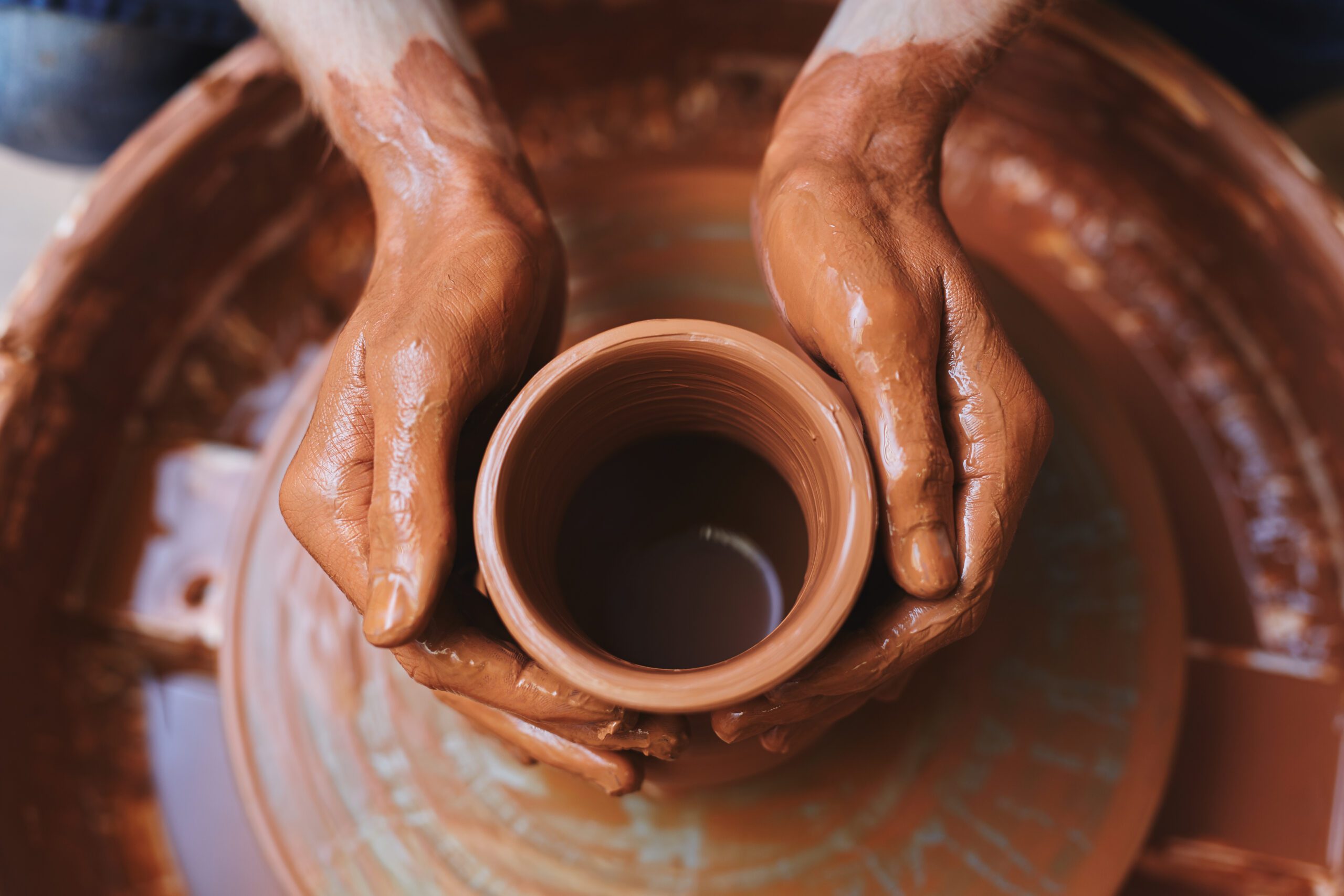
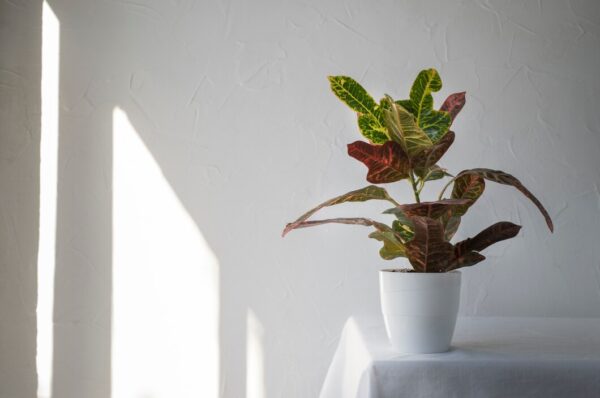
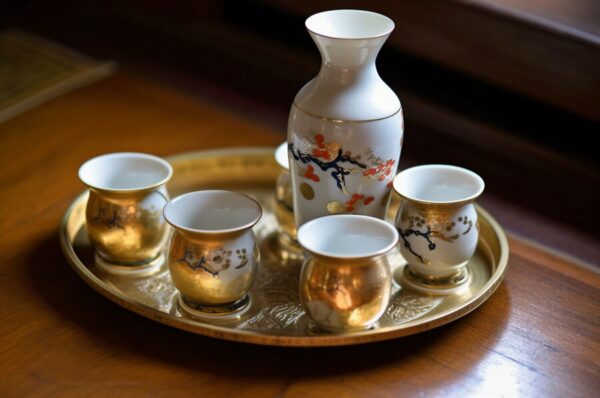
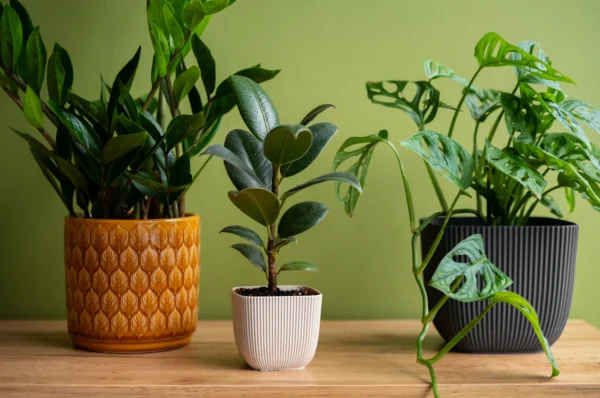
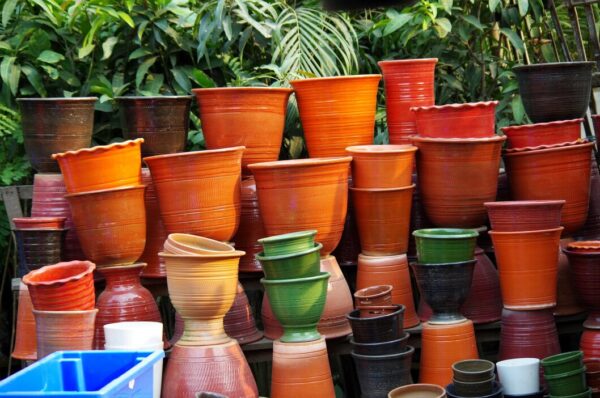
Comment (1)